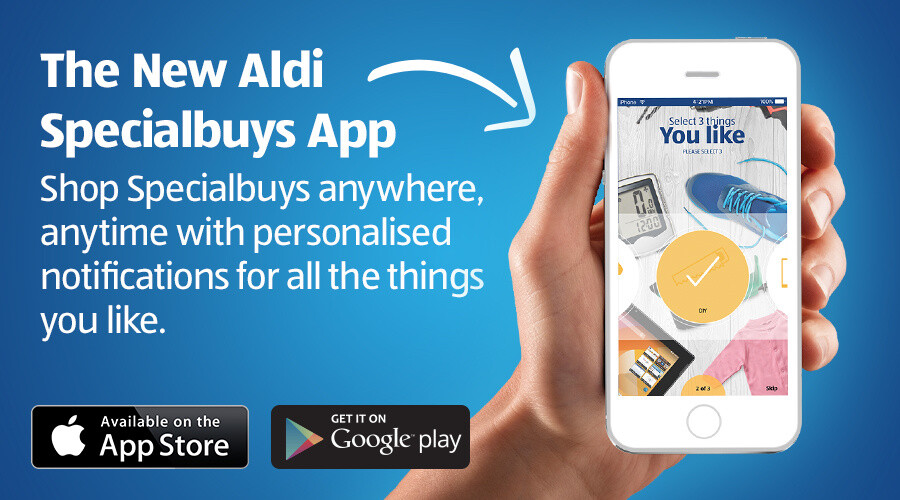Unilever's research revealed the need to make changes in how its brand advertising depicts people. Among the brands affected by this new change is Axe (also known as Lynx). Santos explains: 'The stereotype of men that we been portraying for years isn't relevant any more. Not only was it not relevant, it wasn't right.'
In June, 2016, Unilever posted the following about its #Unstereotype initiative:
Gender identity is changing. Our advertising has not changed enough – up until now. We've listened to consumers and looked at the way we portray gender in our advertising and realised we need to do things differently. We understand that by using our influence responsibly, we can contribute to positive cultural change as well as making better connections with people through our advertising. That's why we've asked every one of our brands to challenge itself to move away from unhelpful stereotypical portrayals of gender, especially for women, and to deliver fresh campaigns that are more relevant to today’s consumer. We call this movement #UNSTEREOTYPE – and it is already making a difference.The #Unstereotype campaign resonates in an industry where stereotyping is often in evidence (especially in advertising messages to or including women). In fact, Kantar Futures head J Walker Smith says this is the way of the future:
The advertising and marketing industry has got a lot of ground to make up to simply project a realistic, contemporary picture of female identity, so keeping up with and pre-empting its evolution will be no easy task. The good news is that Unilever has now shown that it pays dividends, and that those brands brave enough to move their strategy forward have a great opportunity for growth, disruption and creativity.






































